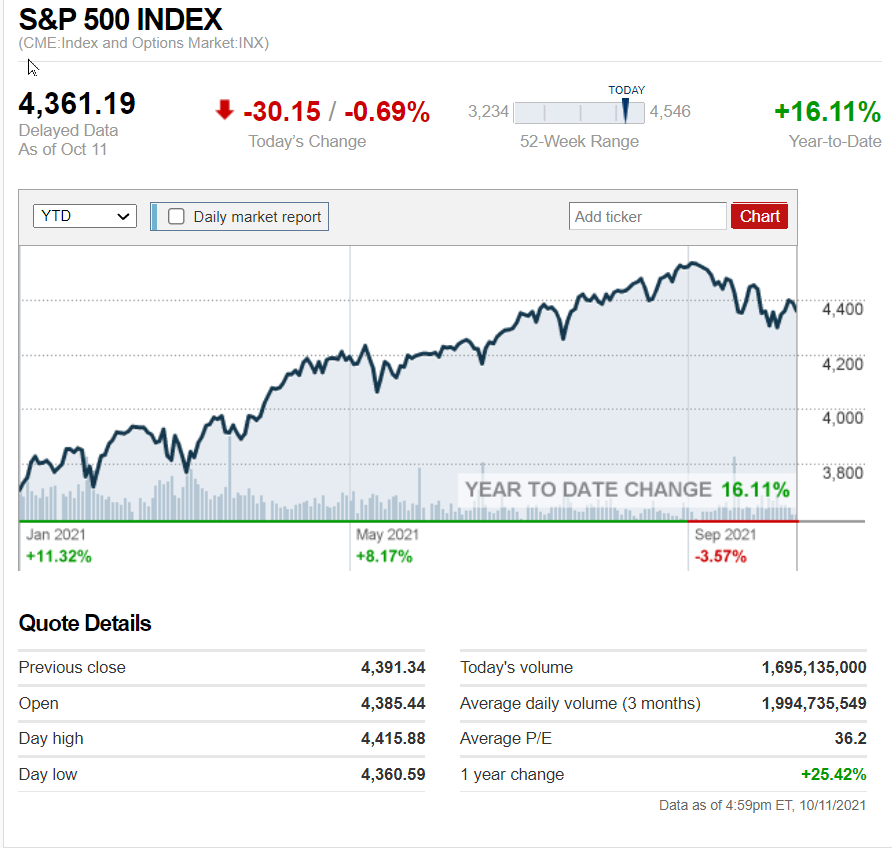
Everyone thinks of January 1st as the time to start fresh and change things we want to change, but I see spring as an even more opportune time for this.
Here are eight SPRING CLEANING items you can tackle now:
- Tax planning: Did you owe more than you expected on your taxes? Was it a one-time thing or does this tend to happen every year? Review your current paycheck and adjust your withholdings as needed (using form W4), or talk with your tax preparer about paying estimated tax payments throughout the year.
- Tax planning: Did you get a very large refund? You need to adjust how much is being withheld. Don’t give the IRS an interest free loan. That extra money could be put to much better use for your benefit
- Tax planning: Could you have saved more on taxes in 2023 if you had increased your retirement contributions or added money to a deductible IRA? Make adjustments to your paycheck contributions now so you are not in the same position next year.
- Employer Benefits: If every year feels like “crunch time” during open enrollment, now is great time to review the benefits offered to you and ask your HR team for deeper explanations or clarifications if you do not understand something.
- Emergency Fund Checkup: Make sure your emergency fund is fully funded or consider boosting it if needed. Aim to have enough saved to cover 3-6 months’ worth of living expenses.
- Investment Portfolio Review: Evaluate your investment portfolio to ensure it aligns with your risk tolerance and both short and long-term goals. Consider rebalancing if necessary. Do you have the right types of investments in the best type of account? It can make a big difference over the long term.
- Educate Yourself: Use this time to learn more about personal finance topics that interest you. Whether it’s investing, retirement planning, or debt management, increasing your financial literacy can pay off in the long run. Working with a trusted advisor will speed up this learning tenfold.
- Make a list: what is in your head that keeps you up at night regarding your finances? One of my clients refers to this as her “financial brain dump”, which she then sends to me for safekeeping. 😉 Just writing it all out can help take a load off your shoulders and give you more clarity, making tackling each one over the next several months seem less daunting.
Let’s face it, when the sun is shining, the days are longer and the temps are rising, we are typically more motivated in just about anything we do!












